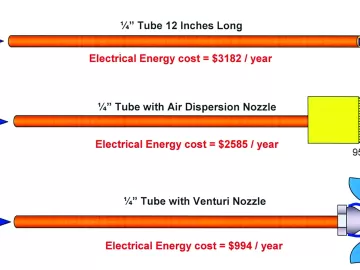Detailed Design — An Ounce of Design is Worth a Pound of Project
Insufficient focus at the design phase will kill a project. In one aerospace project, insufficient detail was paid to the physical size of the air compressor. The compressor didn’t fit in the allocated space—requiring the extension of the building, and costing tens of thousands of unbudgeted dollars. That had a significant, negative impact on the project return.












